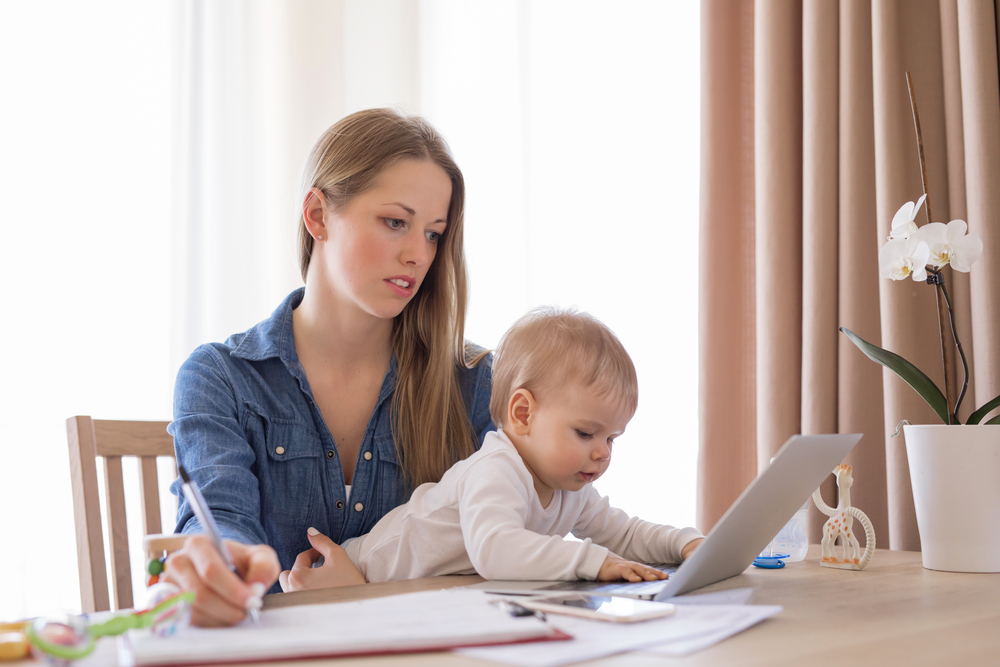What our Clients Say About Us
Will a ‘baby bust’ send Australia broke?
To stem its then soaring population growth rate, which was widely believed to be crippling economic development, China introduced the draconian ‘one child policy’ in 1979 – a move now seen as directly lifting 150 million people out of poverty.
The policy focused global attention on fertility rates around the world. It raised the question of whether strong birth rates enhance economic growth or, in fact, stop countries from reaching their full potential.
The World Bank estimates the population of Niger in West Africa will grow fivefold from almost 14 million to 53 million by the year 2050 and, in doing so, will sentence tens of millions of people to be uneducated, unemployed, and desperately poor.
It ranks the need to curb population growth in Niger as one of the most important issues that the country must tackle if it is going to reduce the terrible level of poverty, malnutrition, and illness it currently endures.
While the solution might be clear in such an extreme situation, what about a country such as Australia, which has seen population growth come to a standstill during the past two years? Is this a good or bad thing?
Australian Bureau of Statistics figures show that in the year to March 2021, the Australian population grew by just 0.1 per cent, or 35,700. Much of this was due to a fall in net migration into Australia due to the COVID-19 pandemic, but it also reflects a long-term decline in the birth rate.
If this trend continues, it could have dramatic consequences for Australians that go way beyond enjoying fewer baby showers on a personal level, to its potential impact on economic growth and the standard of living we all enjoy.
The so called ‘baby bust’ theory suggests that a fall in the number of babies born will foreshadow a period of gradual economic decline—with insufficient workers to look after the elderly and the slow contraction of consumer demand, dragging down with it economic growth and prosperity.
Others, though, believe a slowing in the birth rate will herald a better, more sustainable, and equitable society.
Fewer workers should lead to a rise in wage growth, something that has been stagnant for more than a decade in Australia and better conditions. It should also create a more inclusive workforce for women, ethnic minorities, and those with a disability.
Innovation and increased productivity should climb as employers find ways to create and achieve more with fewer staff and accelerate the demise of so-called low skilled jobs in the economy, replaced with jobs people want to do.
Finally, it is hard to overestimate the benefit that a smaller population will have, not just in Australia but globally, on the environment and attempts to move to a more sustainable way of life.
Sustainable Population Australia suggests that having one fewer child saves each parent 20 times the level of reduced CO2 emissions of living without a car and about 70 times that of living without eating meat.
So reducing the birth rate might be a key factor in facing the challenge of global warming.
Against all of this, population growth rates can vary considerably due to migration levels, including temporary, economic, and forced migration, as well as birth rates.
Up until mid-2018, Australia was recording one of the highest population growth rates in the world at 1.5 per cent, ranking it fifth among OECD countries, with the long-term trend since the second world war being 1.6 per cent.
Only time will tell whether the fall in population growth rates remains or whether it will return to its long-term average as the economy moves away from the impact of the pandemic and life returns to normal.

